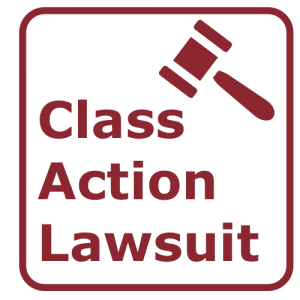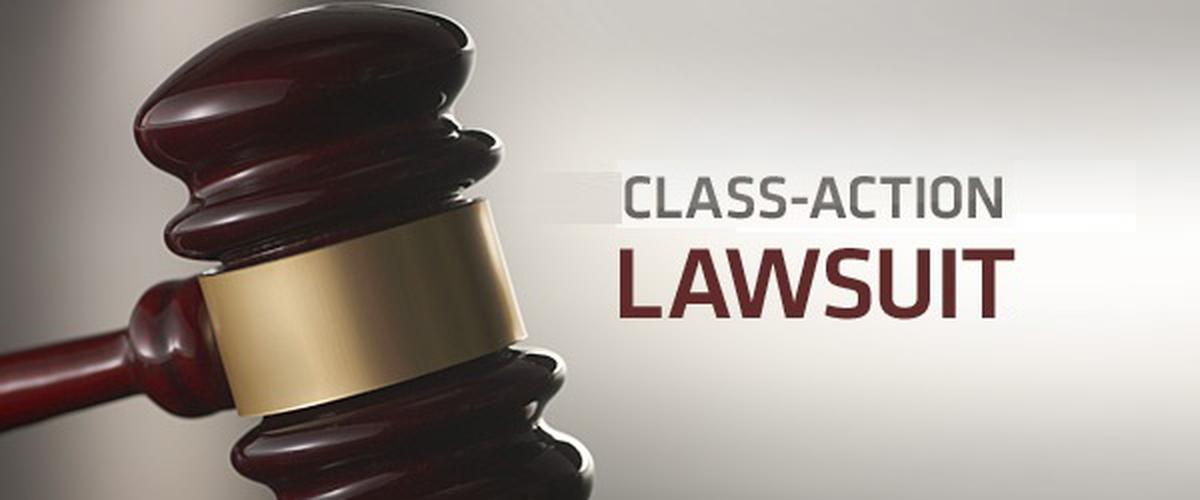Assertio Class Action Lawsuit: Insights into Class Action Lawsuits
Assertio Class Action Lawsuit: Insights into Class Action Lawsuits
Blog Article
Debunking Class Activity Legal Actions: A Closer Appearance at Legal Process
Class activity legal actions can be complicated and intimidating, usually shrouded in a shroud of enigma for those unfamiliar with the legal process included. From understanding the standards for class activity qualification to the function of course reps, and from the process of course qualification to the resolution of these legal actions, we will certainly unwind the complexities and shed light on the inner workings of this lawful device.
Comprehending Course Activity Lawsuits
Understanding Course Action Legal action requires an extensive exam of the legal proceedings associated with cumulative lawsuits. Course activity suits are a type of lawsuit where a team of people with comparable insurance claims or grievances sign up with together to start a lawsuit versus a typical defendant. This form of lawsuits enables people with restricted sources to collectively seek justice, as it combines the stamina of several private insurance claims into a solitary lawsuit.
The process begins with the recognition of a lead plaintiff or class rep that files the initial problem in support of the entire class. The court after that figures out whether the situation satisfies the needs for course certification, which include commonality, numerosity, typicality, and competence of representation. If licensed, the court alerts possible class participants, providing an opportunity to opt-out if they desire to pursue their cases independently.
When the class is accredited, the lawsuits proceeds via various phases, consisting of exploration, activity method, and, if needed, trial. The result of the lawsuit can lead to a negotiation or a judgment, which is binding on all course members unless they choose to opt-out. Course action legal actions can encompass a large variety of legal concerns, such as customer defense, securities fraudulence, work discrimination, and environmental harm.
Recognizing the subtleties of class action legal actions is vital for both complainants and accuseds involved in cumulative litigation. It requires a thorough understanding of the lawful requirements for certification, the rights and responsibilities of class members, and the possible benefits and dangers related to safeguarding or seeking versus course action cases.
Identifying Class Activity Qualification
To figure out whether a lawful action certifies as a class action lawsuit, particular requirements should be fulfilled. These standards are made to make certain that the instance can sufficiently stand for the rate of interests of a big group of people that have experienced comparable damage or have been affected by the exact same issue. The essential element in determining class action qualification is the existence of an usual question or problem that influences all possible course participants.
First of all, a course activity legal action needs numerosity, which suggests there have to be a considerable variety of prospective course participants included. This makes sure that a course action is a reliable method to solve the insurance claims of a big group of individuals, as opposed to having everyone file a private claim.
Second of all, there have to be commonality among the insurance claims of the prospective course members. This indicates that there must be a typical question of legislation or reality that is main to the situation. If each potential course participant's claim is distinct and unassociated to the others, a course action might not be proper.

The Function of Class Rep
Class representatives play an important duty in class activity lawsuits by representing the passions of the entire class. These individuals are selected from within the class to work as the public face of the claim and are liable for making choices in behalf of all class members. The function of class agents involves various obligations and responsibilities throughout the legal proceedings.
Among the primary responsibilities of class representatives is to supply information and support to their fellow class members. They act as a factor of get in touch with and communication between the course members and the lawyers representing them. This consists of maintaining the course members notified about vital updates, addressing their inquiries, and resolving any kind of issues they may have.
Class representatives likewise have the duty to actively take part in the lawsuits process (Archer-Daniels-Midland class action lawsuit). This entails working carefully with the lawyers to create lawful techniques, gathering evidence, and giving statement if essential. They must be proactively associated with all facets of the situation to guarantee that the ideal rate of interests of the entire class are stood for
Additionally, course reps are responsible for authorizing negotiations or various other resolutions gotten to in the legal action. They should meticulously review the regards to the negotiation and choose that is in the most effective passion of the whole class. This decision-making procedure calls for mindful factor to consider and appointment with the course participants.
The Refine of Class Accreditation
The process of certifying a class in a class action suit entails a thorough assessment of certain criteria to identify if the situation fulfills the needed requirements for class qualification. Class qualification is an important action in the lawsuits procedure as it establishes whether a legal action can continue as a class activity, allowing a huge team of people with comparable claims to be stood for jointly by one or a couple of individuals.
To obtain course certification, the complainant needs to demonstrate that the suggested class satisfies specific requirements. These requirements usually consist of numerosity, commonness, typicality, and competence of representation. Numerosity requires that the class is so big that joinder of all participants is unwise. Commonness necessitates that there are questions of law or reality common to the class members. Typicality requires that the cases or defenses of the course agents are typical of those of the class. Competence of representation makes certain that the course reps will fairly and sufficiently secure the interests of the class.
The court will certainly scrutinize these requirements and the complainant's proof to determine if the suggested course meets the necessary needs. BioVie class action lawsuit The court may likewise consider other aspects, such as whether a class action is the exceptional technique to resolve the dispute and whether the class is completely cohesive.

Once the court grants class qualification, the legal action can proceed as a course action, permitting the plaintiffs to collectively look for alleviation and possibly get a judgment or settlement that benefits the entire course.
Managing Course Action Suits
When course accreditation has actually been approved, the next action in solving a class activity claim is to navigate the process of litigation or settlement negotiations. Lawsuits refers to the legal process in court, where the complainant's lawyer presents proof and arguments to support their cases, and the offender's lawyer counters with their own proof and disagreements. This process can include different phases, such as pretrial motions, discovery, and trial.
On the various other hand, negotiation arrangements include discussions in between the events to get to an equally appropriate resolution without mosting likely to trial. BioVie class action lawsuit. Settlement provides may be made at any stage of the litigation procedure, and if both celebrations agree, a negotiation arrangement is gotten to. This arrangement generally describes the terms and problems of the negotiation, consisting of any financial compensation, injunctive relief, or various other solutions. When the negotiation is finalized, it is presented to the court for approval.
Conclusion
Finally, class action lawsuits play an important role in giving justice and payment to huge teams of individuals who have been damaged by the very same entity. By accrediting a class and designating course representatives, the legal process comes to be more reliable and easily accessible for the plaintiffs. Managing these claims can be a complex and lengthy procedure, yet it is crucial in holding corporations accountable for their activities and making sure reasonable outcomes for all influenced parties.
From understanding the requirements for class action qualification to the role of course agents, and from the procedure of course qualification to the resolution of these suits, we will unravel the intricacies and shed light on the inner functions of this legal device. The key factor in identifying class activity qualification is the existence of a typical concern or issue that influences all possible class participants.
If each potential course participant's insurance claim is one-of-a-kind and unconnected to the others, a class activity might not be appropriate.
Class agents play an important duty in class activity claims by representing the interests of the whole course.Once class certification has been granted, the following step in fixing a class activity suit is to navigate the procedure of lawsuits or settlement negotiations.
Report this page